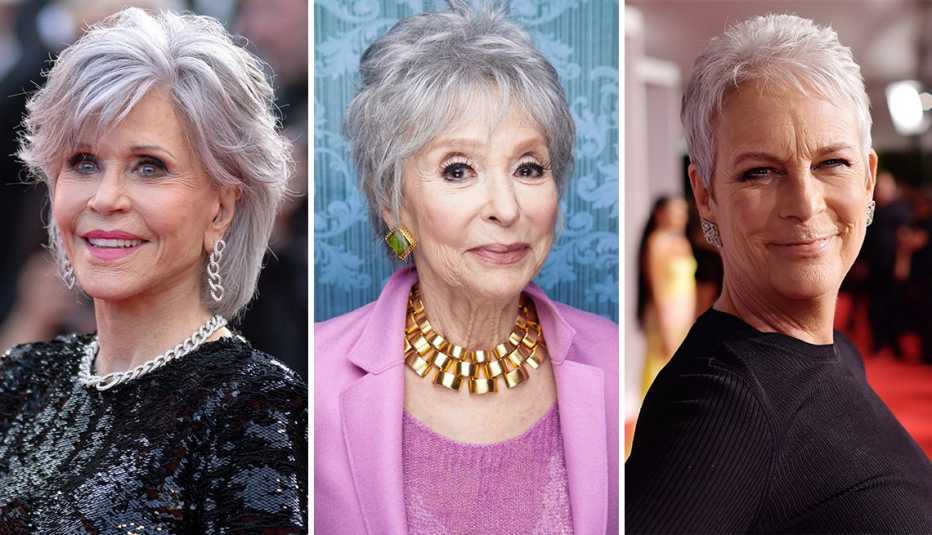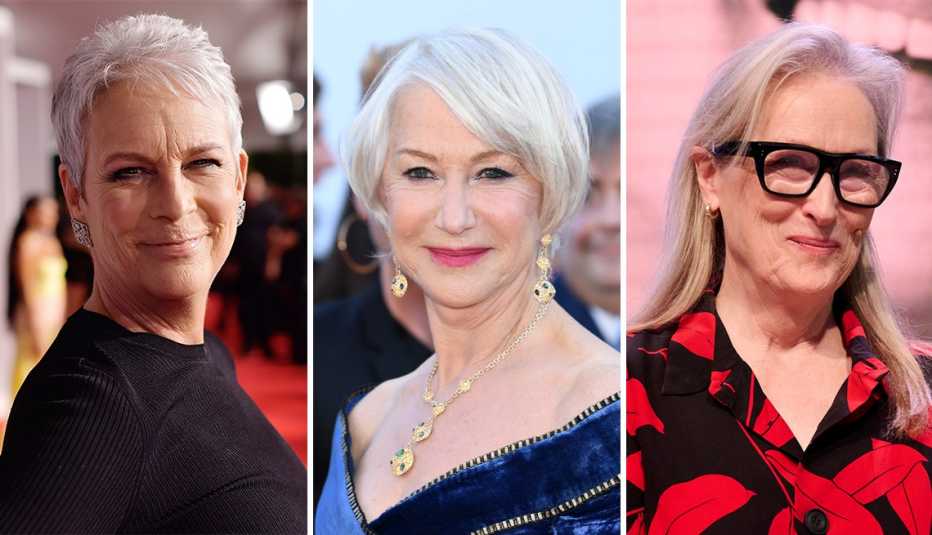AARP Hearing Center


Before she turned 50, Katie Emery decided she wanted to transition naturally to gray hair by letting her dyed and damaged hair grow out. She scoured Facebook group after group for hair care tips and support from women undergoing a similar silver journey, but was confronted with only conflicting information.
In deciding to follow her own path to embrace her natural gray hair, Emery, 56, started a blog in 2018, where she’s been compiling tips for going gray (both for those going the natural route and those wanting to dye it at a salon), product reviews and testimonials and photos of women — of all shades of gray, hair textures and skin tones.
“Everybody has a different experience,” says Emery, who blogs at Katie Goes Platinum, noting that suggestions ranged from cutting her hair short for quicker results to using dye to reverse the dark dye she’d been using to cover up her grays for years. None of the ideas were viable options for her.
“It doesn’t have to be a scary or distressing experience to let your hair go gray,” Emery says. Here’s how you can make the process less daunting, according to expert stylists.
It takes patience
“No matter what avenue they decide to take to achieve their final goal, it’s going to take a lot of patience, and you have to be prepared for that,” says Mickey Bolek, owner of Michael Anthony Salon in Washington, D.C., and a hairstylist for 36 years.
Bolek says that stripping color completely out of your hair and dyeing it close to your natural gray could take anywhere between eight hours to three to four salon visits — and it can be pricey. It depends on your location, stylist and overall hair goal, but Bolek estimates it can set you back anywhere from hundreds of dollars to around $3,000.
For those who want to take the same route as Emery, growing your gray out naturally requires patience. On average, hair grows about half an inch each month, according to Health.com.
One option is to chop off the existing colored hair and opt for a new, much shorter hair style, like a bob or a pixie cut, Bolek suggests, but “I do find that that is one of the last decisions that people make because I think that losing the hair color and losing the length of the hair all at the same time, it’s just too much change in one setting.”







































































More From AARP
5 Ways to Fake Fuller Natural Hair
Your ‘big hair’ dreams could come true with the help of this pro adviceBig, Bouncy Hair Is Cool Again
Pump up the volume with these pro tips
Drugstore Hair Products That Rival the Pricey Ones
Top picks that are easy on the wallet and make hair look great